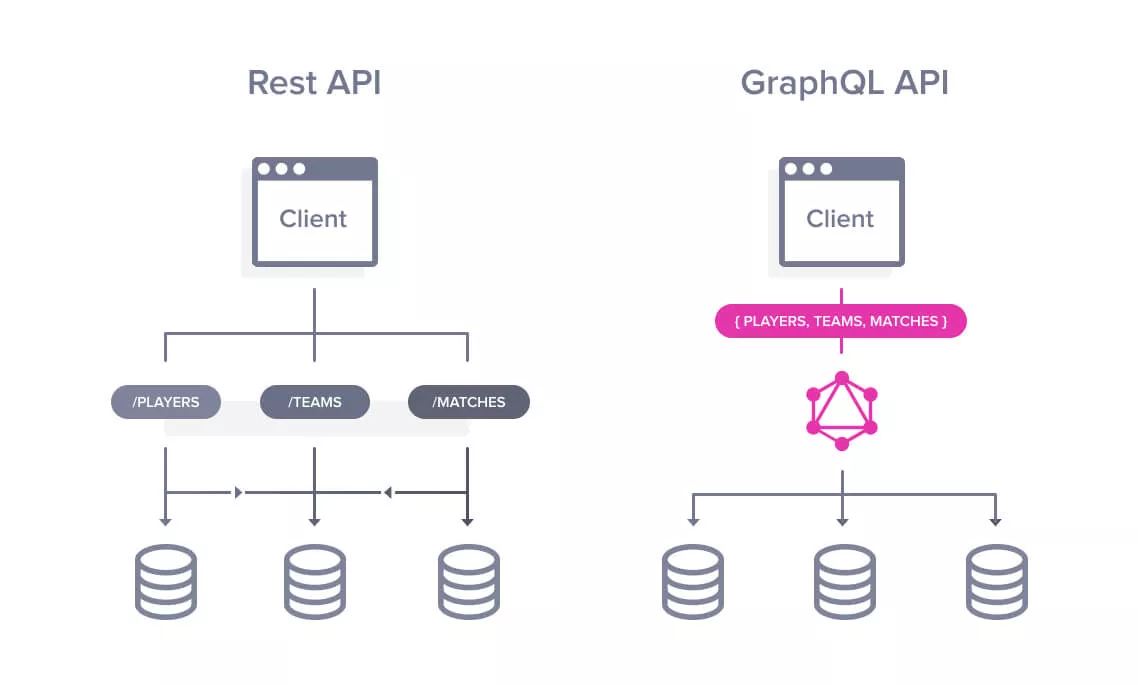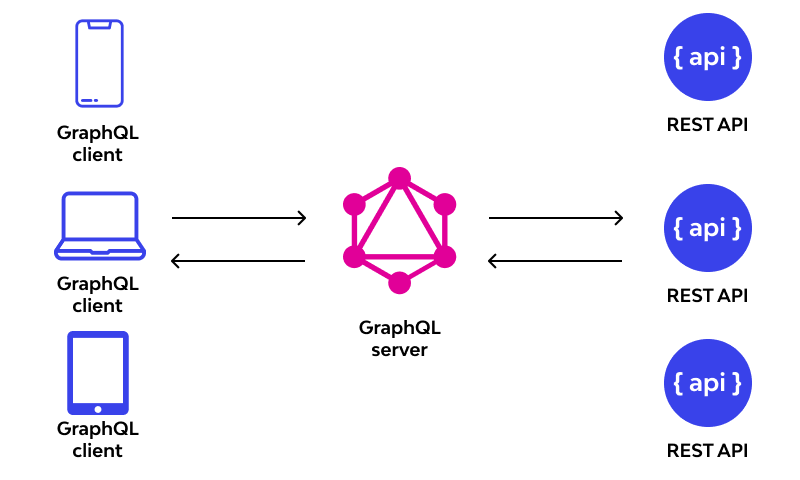
GraphQL is a query language for APIs that allows the client application to get only what it needs. Unlike REST APIs, which typically provide a fixed set of endpoints and return fixed data structures, GraphQL APIs allow clients to get whatever data they need, in any combination, with a single request. This feature enables the creation of highly efficient and flexible APIs that can adapt to changing client needs.

There are several advantages to using GraphQL over a REST API. First, GraphQL provides a more efficient and flexible way to make requests, as clients can get only the data they need with a single request. This reduces the amount of data transferred over the network and improves overall performance.
Second, GraphQL provides a structure with a defined data type that enables the client to easily understand the data model. This feature reduces the need for documentation and provides a more predictable data that reduces error proneness on the client side.
Third, GraphQL provides a powerful set of tools for debugging and performance optimization. The GraphQL query language allows clients to explore a defined data structure on the server side.

GraphQL is not necessarily a replacement for REST APIs, but it is becoming a popular alternative. REST API has been the main approach for building APIs for years and still has many advantages such as simplicity and ease of use.
However, GraphQL offers unique advantages that make it a compelling choice for many developers. For example, with REST, clients must make multiple requests to retrieve related data, while with GraphQL, clients can retrieve all the data they need in one request. Additionally, GraphQL allows clients to specify the data they need, which can help reduce network traffic and improve performance. The choice between these two items is based on the needs of the project and the performance of the program.
The choice between GraphQL and gRPC depends on the specific needs of the application. GraphQL is ideal for building data-driven applications that require flexible query capabilities, while gRPC is better suited for building microservices that require high performance and scalability. In general, the choice between the two depends on the needs and performance of the application.
To learn about gRPC, you can read "gRPC An efficient approach to communication between services" article.


I am Reza Babakhani, a software developer. Here I write my experiences, opinions and suggestions about technology. I hope that what I write is useful for you.
leave a comment